Storage Sites
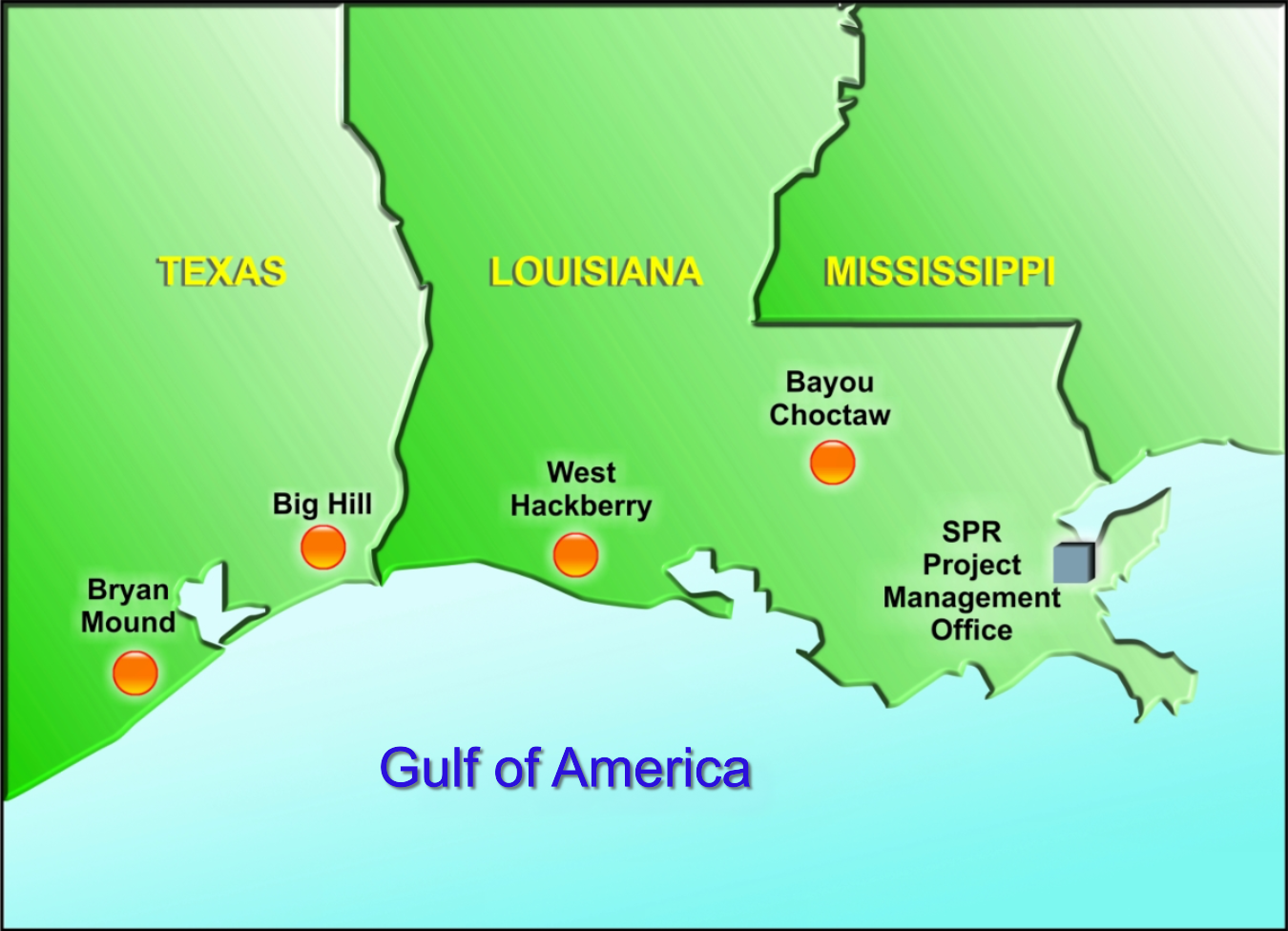
Emergency crude oil is stored at the Strategic Petroleum Reserve (SPR) in underground salt caverns at four major oil storage facilities in the Gulf Coast region of the United States, two sites in Texas (Bryan Mound and Big Hill), and two sites in Louisiana (West Hackberry and Bayou Choctaw). Created deep within the massive salt deposits that underlie most of the Texas and Louisiana coastline, the caverns offer the best security and are the most affordable means of storage, costing up to 10 times less than above ground tanks and 20 times less than hard rock mines.
Strategic Petroleum Reserve caverns range in size from 6 to 37 million barrels in capacity; a typical cavern holds 10 million barrels and is cylindrical in shape with a diameter of 200 feet and a height of 2,500 feet. One storage cavern is large enough for Chicago's Willis Tower to fit inside with room to spare. The Reserve contains 60 of these huge underground caverns. These four sites have a combined authorized storage capacity of 714 million barrels.
Storage locations along the Gulf Coast were selected because they provide the most flexible means for connecting to the Nation's commercial oil transport network. The SPR’s oil storage facilities are grouped into three geographical pipeline distribution systems in the Gulf Coast: Seaway, Texoma, and Capline. Each of these pipelines systems has access to one or more major refining centers, interstate crude oil pipelines, and marine terminals for crude oil distribution.
How the SPR Storage Sites Were Created
Salt caverns along the Gulf Coast have been used for storage for many years by the petrochemical industry. When the U.S. Government decided to create the Strategic Petroleum Reserve in the mid-1970s, it acquired previously created salt caverns to store the first 250 million barrels of crude oil. This was the most rapid way to begin securing an emergency supply of crude oil following the oil shocks of the 1970s. To stockpile oil beyond the first 250 million barrels, the Department of Energy created additional caverns.
Salt caverns are carved out of underground salt domes by a process called "solution mining." Essentially, the process involves drilling a well into a salt formation, then injecting massive amounts of fresh water. The water dissolves the salt. In creating the SPR caverns, the dissolved salt was removed as brine and either reinjected into disposal wells or more commonly, piped several miles offshore into the Gulf of America. By carefully controlling the freshwater injection process, salt caverns of very precise dimensions can be created. For every barrel of crude oil to be stored in the SPR’s caverns, it takes approximately seven barrels of raw water to create the storage space.
Besides being the lowest cost way to store oil for long periods of time, the use of deep salt caverns is also one of the most environmentally secure. Rock salt exhibits extremely low porosity and permeability, plastic deformation characteristics, and self-healing characteristics, at the subsurface depths that the caverns are located. It is these self-healing characteristics which will almost instantly close any microcracks, should they develop in the walls of the salt caverns.
The fact that oil floats on water is the underlying mechanism used to move oil in and out of the SPR caverns. To withdraw crude oil, fresh water is pumped into the bottom of a cavern. The water displaces the crude oil to the surface. After the oil is removed from the SPR caverns, pipelines send it to various terminals and refineries around the nation.
SPR Site Locations
These four sites have a combined authorized storage capacity of 714 million barrels.
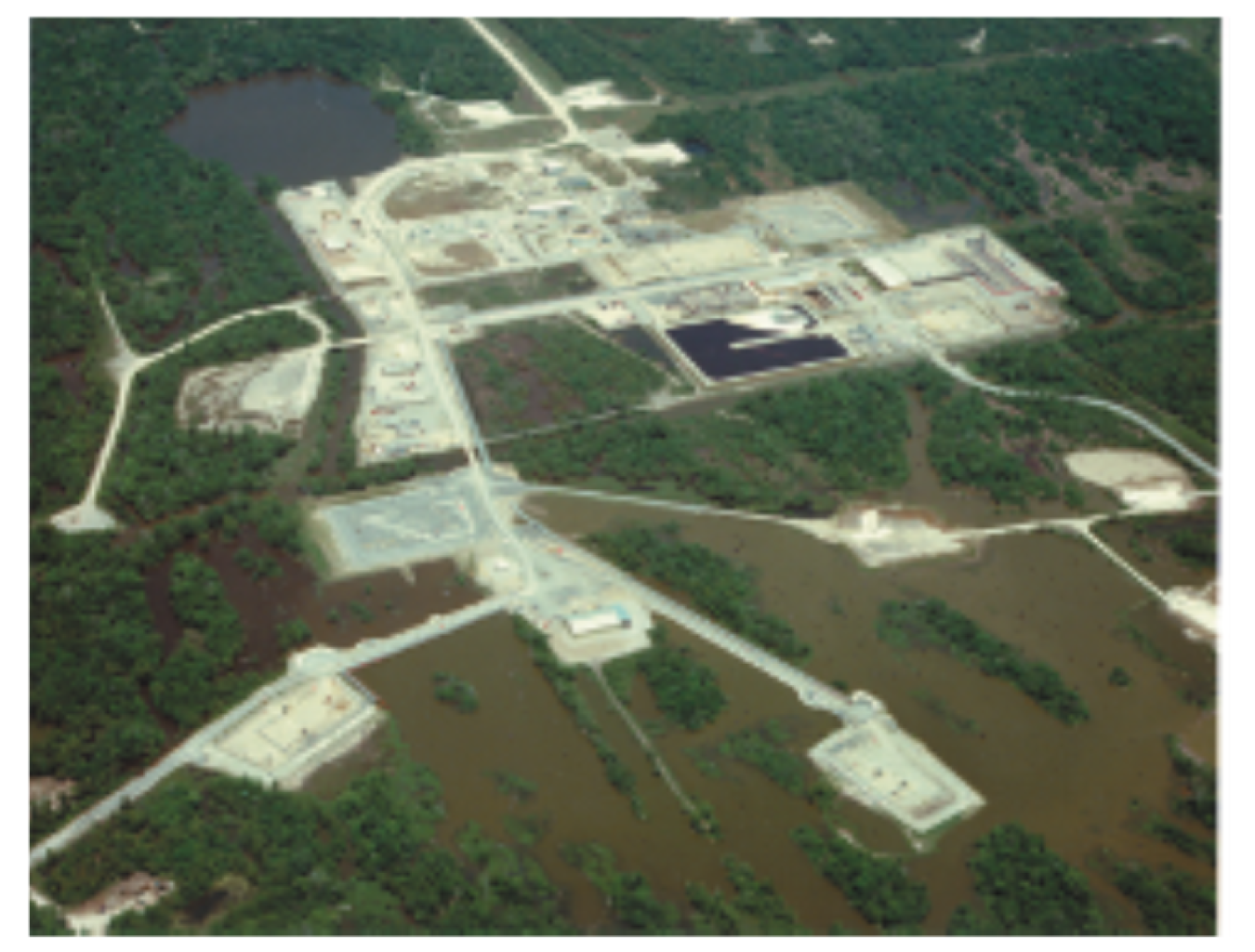
Bayou Choctaw
The Bayou Choctaw storage site is located in Iberville Parish, Louisiana, approximately 12 miles southwest of Baton Rouge, Louisiana. The site was acquired in April 1977 and became operational in 1987. Bayou Choctaw currently has six storage caverns, an authorized storage capacity of 76.0 million barrels.
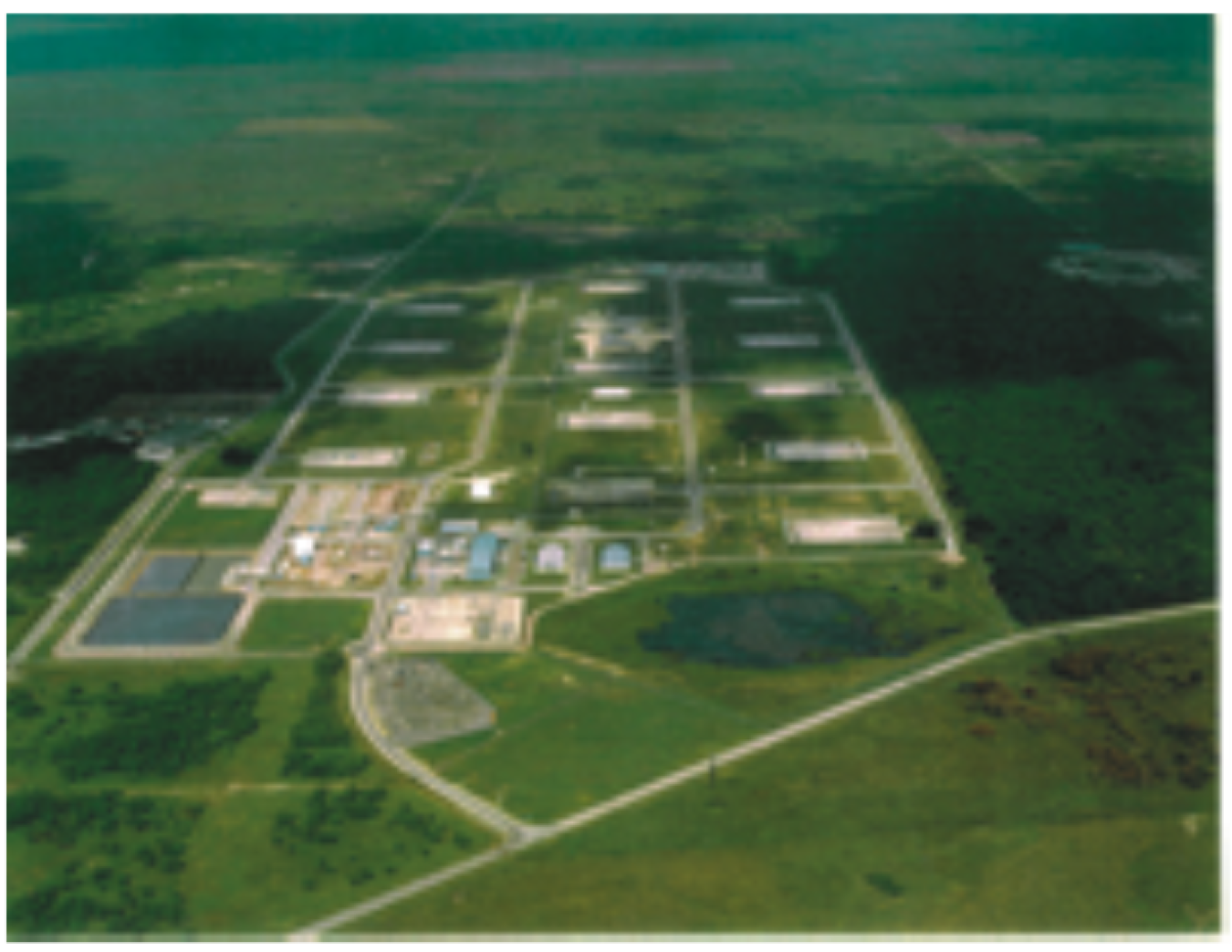
Big Hill
The Big Hill storage site is located in Jefferson County, Texas, approximately 26 miles southwest of Beaumont, Texas. The site was acquired in November 1982 and July 1983 and became operational in 1991. Big Hill currently has 14 storage caverns, an authorized storage capacity of 170.0 million barrels.
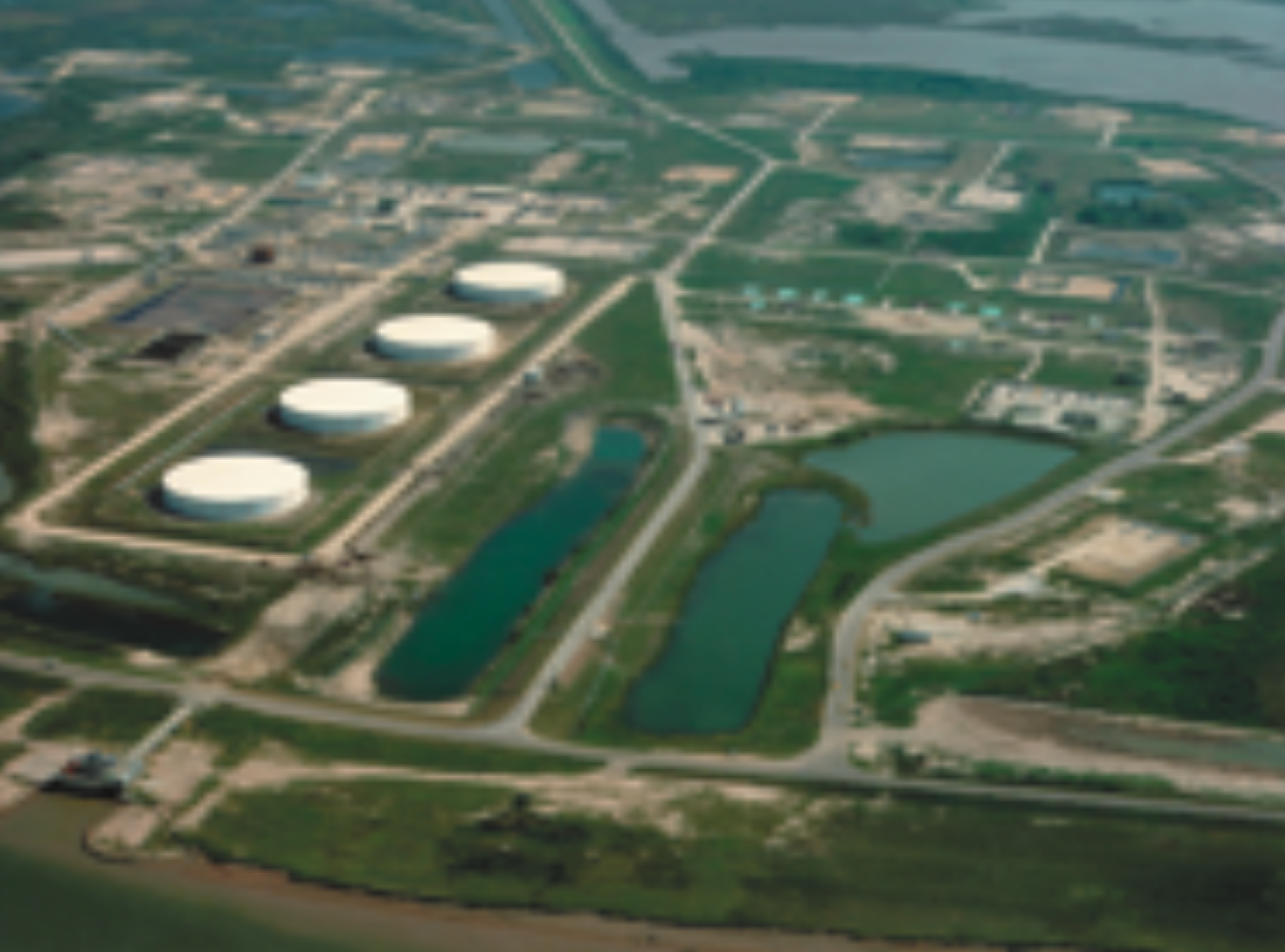
Bryan Mound
The Bryan Mound storage site is located in Brazoria County, Texas, approximately three miles southwest of Freeport, Texas. The site was acquired in April 1977 and became operational in 1986. Bryan Mound currently has 19 storage caverns, an authorized storage capacity of 247.1 million barrels.
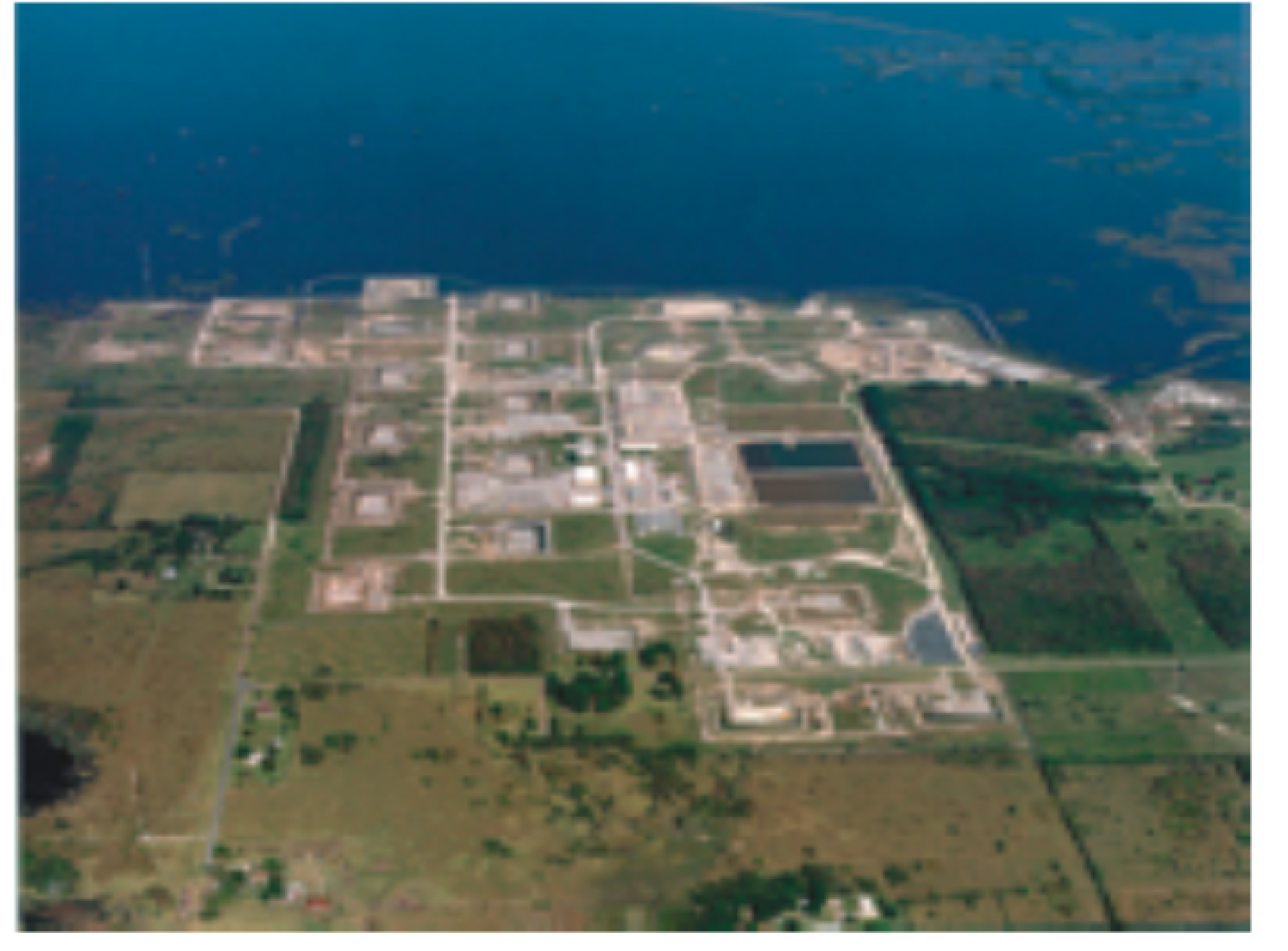
West Hackberry
The West Hackberry storage site is located in Cameron Parish, Louisiana, approximately 25 miles southwest of Lake Charles, Louisiana. The site was acquired in April 1977 and became operational in 1988. West Hackberry currently has 21 storage caverns, an authorized storage capacity of 220.4 million barrels.

